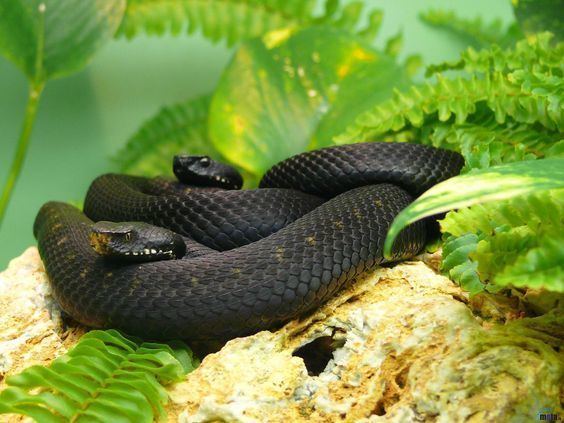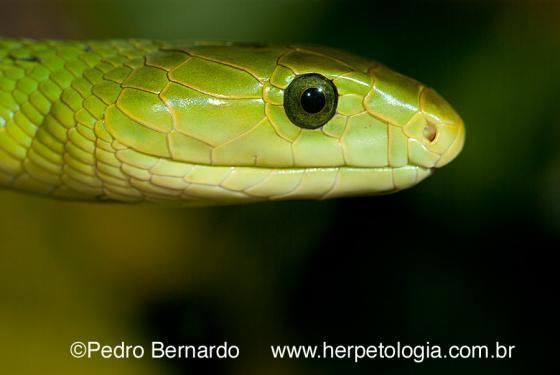Subphylum Vertebrata Suborder Serpentes Scientific name Dendroaspis Rank Genus | Phylum Chordata | |
 | ||
Lower classifications | ||
Black mambas 07 mamba vs lion
Mambas are fast-moving venomous snakes of the genus Dendroaspis (which literally means "tree asp") in the family Elapidae. Four extant species are recognised currently; three of those four species are essentially arboreal and green in colour, whereas the so-called black mamba, Dendroaspis polylepis, is largely terrestrial and generally brown or grey in colour. All are native to various regions in sub-Saharan Africa and all are feared throughout their ranges, especially the black mamba. In Africa there are many legends and stories about mambas.
Contents
- Black mambas 07 mamba vs lion
- Black mamba snakes fighting in the road
- Behaviour
- Venom
- Mamba toxins
- Species
- References

Black mamba snakes fighting in the road
Behaviour
The three species of green mambas are arboreal, whereas the black mamba is largely terrestrial. All four species are active diurnal hunters, preying on birds, lizards, and small mammals. At nightfall some species, especially the terrestrial black mamba, shelter in a lair. A mamba may retain the same lair for years.
Mambas and cobras are in the same family: the Elapidae. Like cobras, a mamba may rear and form a hood as part of its threat display, but the mamba's hood is narrower and is longer than the broader hood of some species of cobra, such as say, the spectacled cobras of parts of Asia. In their threat display mambas commonly gape; the black mamba's mouth is black within, which renders the threat more conspicuous. Typically also, a rearing mamba tends to lean well forward, instead of standing erect as a cobra does.
Stories of black mambas that chase and attack humans are common, but in fact the snakes generally avoid contact with humans. Most apparent cases of pursuit probably are examples of where witnesses have mistaken the snake's attempt to retreat to its lair when a human happens to be in the way. The black mamba usually uses its speed to escape from threats, and humans actually are their main predators, rather than prey.
Venom
All mambas are highly venomous. Their venoms consist mostly of neurotoxins (known as dendrotoxins). Besides the neurotoxins, they also carry cardiotoxins and fasciculins. Other components may include calcicludine, which is a known component of the eastern green mamba's venom and calciseptine, which is a component of black mamba venom. Toxicity of individual specimens within the same species and subspecies can vary greatly based on several factors, including geographical region. Even the weather and altitude can influence toxicity (Ernst and Zug et al. 1996). A bite can be fatal to humans without access to proper first aid and subsequent antivenom treatment, as it shuts down the lungs and heart. The western green mamba (D. viridis), eastern green mamba (D. angusticeps), and Jameson's mamba (D. jamesoni) possess venom similar in composition and effects to that of the black mamba's (D. polylepis). However, as their venoms are less toxic (based upon LD50 studies), and their temperaments generally not as aggressive or as explosive when provoked, and as none of the three injects as much venom as the black mamba, their bites are materially less dangerous.
Prior to the availability of antivenom, envenomations by members of this genus carried a high fatality rate. Untreated black mamba bites have a mortality rate of 100%, but presently, fatalities have become much rarer due to wide availability of antivenom.
Mamba toxins
Mamba toxin (or dendrotoxin) consists of several components, with different targets. Examples are:
Species
Of the currently recognised mamba species, three are green and the other is the "black mamba", so called in spite of its generally brown or grey body.* Including the nominate subspecies.
T Type species.
